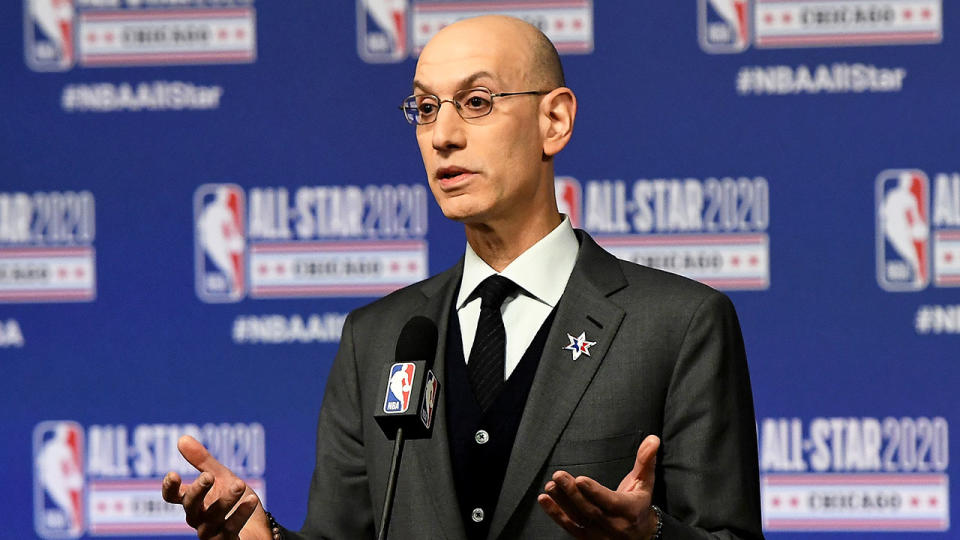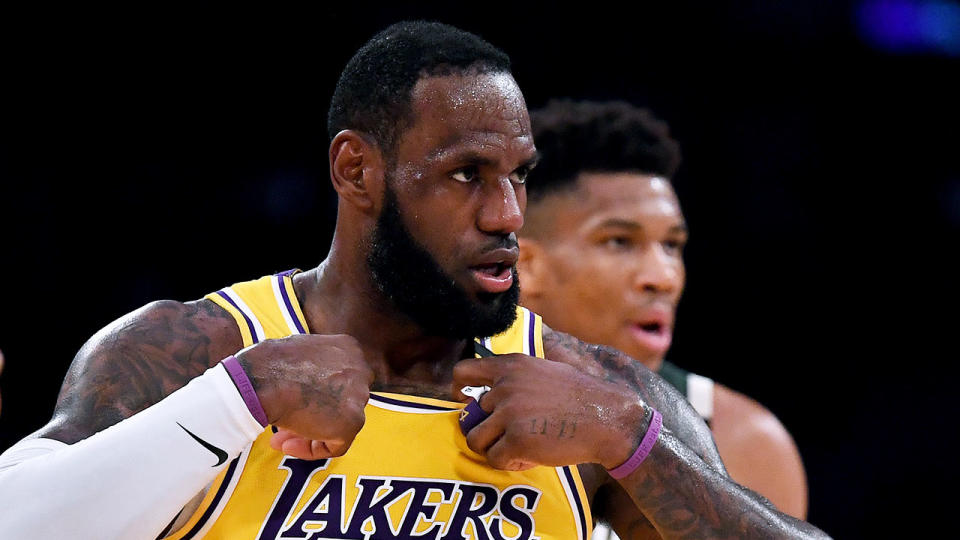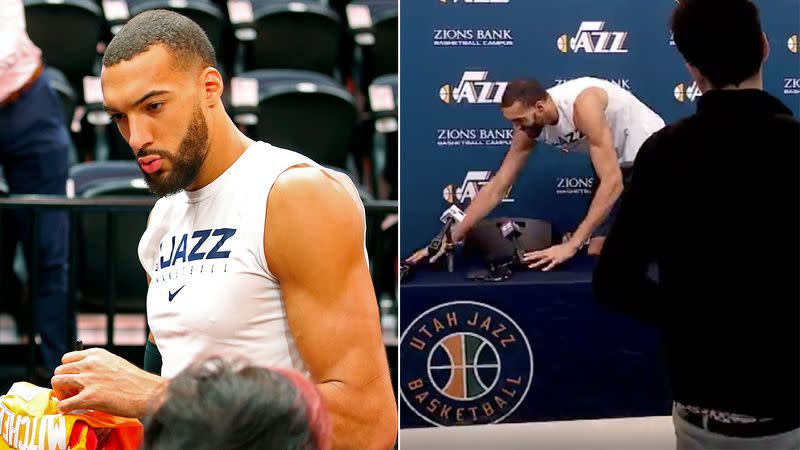'Not a pretty picture': NBA staring down barrel of $1.7 billion disaster
NBA Commissioner Adam Silver finds himself almost constantly looking at financial numbers and projections.
And like the rest of a world that is dealing with the seismic effects of the coronavirus pandemic, he still isn’t sure how bad things will get.
'HALF TRUTHS': Sydney Kings' stunning allegation in NBL title farce
HIDDEN GEM: NBA fans go wild over photo of LeBron James and Michael Jordan
SPREADING: Kevin Durant among four Brooklyn Nets players with coronavirus
Silver said Saturday the league is considering all options - best-case, worst-case and countless ideas in between - as it tries to come to grips with this new normal. But definitive answers on any front are in short supply.
“It’s too soon to tell what the economic impact will be,” Silver said.
“We’ve been analysing multiple scenarios on a daily if not hourly basis and we'll continue to review the financial implications.
"Obviously, it’s not a pretty picture but everyone, regardless of what industry they work in, is in the same boat."
Saturday marked the 10th full day of the NBA's season suspension, a stoppage that has cost the league 75 games and counting so far.

That total will reach triple digits next week and will eventually get to 259 on April 15 - the day the regular season was supposed to end.
Play isn't going to resume by then. The financial losses will be massive and will obviously just keep growing if this season cannot resume or if next season is affected.
FiveThirtyEight broke down the numbers and estimated the NBA would lose at least $1 billion dollars ($A1.7 billion) if the rest of the season cannot be played.
All told, the total financial impact of suspending the NBA regular season alone could approach a billion dollars, and that only involves one-fifth of the schedule being lost.
If the playoffs must be shortened or otherwise altered to fit a new, later timeline, the costs would climb even higher.
Ben Golliver of the Washington Post says a league executive told him "the total damage could reach $40 million ($A69 million) per team, or more than $1.2 billion ($A2 billion), if the playoffs are lost."
This would have a serious knock-on effect for next season's salary cap, considering it's determined by the players' split of revenue divided by the 30 NBA teams.
Losing more than a billion dollars in revenue could lead to the largest salary cap decrease in decades.
Players admit the uncertainty is unsettling but are confident in the NBA's ability to withstand the crisis.

“Adam is obviously cautious, cautiously optimistic,” Cleveland forward Kevin Love said earlier in the week.
“We don’t know what the future holds but the NBA has been through a lot, we’ve seen a lot and I think we'll be incredibly resilient. It just might take time.”
Players who are due to get their next paycheck on April 1 will get them.
Whether those players will get their April 15 check is in some question; the league can exercise a clause in the Collective Bargaining Agreement that allows it to take back 1.08% of each player’s salary for each game missed in certain times - like war, or in this case, a pandemic.
‘Nothing is off the table’
That clause has not been exercised yet since, officially anyway, no game has been cancelled.
“We’re exploring all options to resume our season if and when it is safe to do so," Silver said. “Nothing is off the table."
Besides, there are other bridges to cross first. The NBA - which was the first major American pro league to say it would play games without fans and the first league to suspend its season once All-Star centre Rudy Gobert of the Utah Jazz tested positive - has been extremely vocal in trying to get its massive fan base to take social distancing and other preventative measures seriously.
“Our focus right now is doing all that we can to support, engage and educate the general public in response to this pandemic,” Silver said.
“We are also making sure that we are prepared to resume the season if and when it becomes safe for all concerned.”
The league has asked teams for building availability dates through the end of August, an indicator that this season - if it resumes - may stretch deep into the summer.
So far, there are 14 people within the NBA community, including at least 10 players, known to have tested positive for COVID-19.

“Unfortunately, based on everything we know, significantly more positive cases in our league were inevitable,” Silver said.
“So, Thursday’s results did not come as a huge surprise and just like everyone else, we’re just trying to take each day as it comes.”
Entering this weekend, there were about 19,000 known positive cases in the USA and more than 250 deaths blamed on coronavirus.
Globally, there have been nearly 300,000 cases diagnosed so far with nearly 12,000 deaths. The virus first exploded in mainland China, where the NBA has offices and about 200 employees.
What workers in China went through helped the league quickly grasp some sort of understanding of the severity.
Silver made the decision to shut down the league before any public health experts advised the NBA to take that step.
He even sounded the alarm publicly in mid-February at NBA All-Star weekend in Chicago - saying then it was “a major national, if not global, health crisis" that was taking place.
“We’ve learned a lot from our China office,” Silver said, noting that meetings have been of the virtual variety there for several weeks now.
With Yahoo Sport Staff

